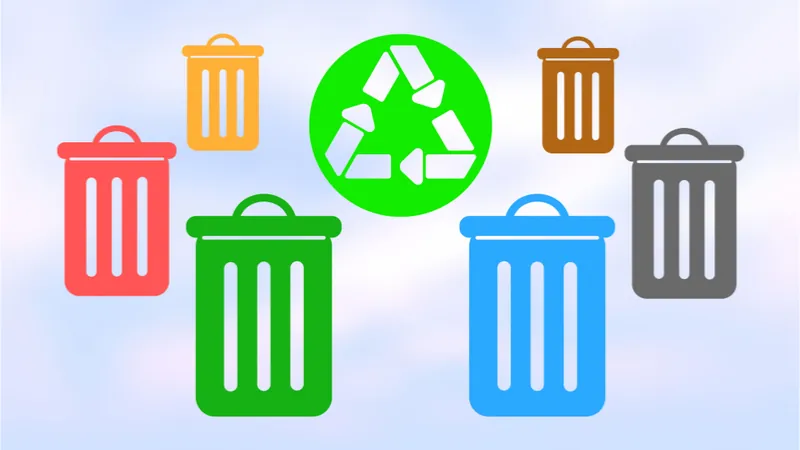In order to remain healthy and functional, cells have a number of maintenance systems that help them to dispose of metabolic waste and unwanted proteins. Autophagy is perhaps the best-known example of how cells purge their waste, and another is the ubiquitin-proteasome system (UPS). Researchers are working on ways to boost the activity of the UPS to improve cellular health.
The ubiquitin-proteasome system
During normal cellular function, proteins being constructed in the cell can sometimes become misfolded and start to accumulate over time, which can cause the cell to become dysfunctional and encourage diseases such as Alzheimer’s to develop as the system gums up with bent and broken proteins.
This problem is further escalated when the protein-recycling UPS system malfunctions or cannot keep pace with how fast the protein waste is building up. This accumulation of waste proteins is thought to be one of the reasons we age.
The UPS system works by marking unwanted proteins for destruction with a ubiquitin molecule, almost like painting a bullseye on them. This molecule marks the unwanted protein for disposal by the 26S proteasome, the cellular garbage disposal unit that breaks down proteins into their constituent amino acids, allowing them to be recycled into new proteins.
The pace at which the UPS works depends on environmental stimuli, and it can be influenced by fasting and the mitochondrial oxidative stress response that follows exercise.
Boosting the signal for garbage disposal
A study from the Blavatnik Institute at Harvard Medical School has shown how fasting, exercise, and various hormones can boost the activity of the UPS in removing damaged and unwanted proteins [1]. The researchers show that this happens via a previously unknown mechanism, which is triggered by hormone changes.
Previous research by the same team showed that the disposal system can be activated using drugs to increase the level of a molecule called cyclic adenosine monophosphate (cAMP), a derivative of adenosine triphosphate (ATP), the main energy currency of cells. cAMP, once activated, causes enzyme protein kinase A (PKA) to become active and ultimately triggers protein degradation within the cell.
The researchers examined the effect of exercise by collecting muscle cells from the thighs of people before and after they had engaged in intense cycling. They found that these cells had far greater cAMP following exercise and thus a higher level of UPS activity.
They also found that fasting had a similar effect on the activity of the UPS in the muscle and liver cells of mice that fasted for a 12-hour period. They also exposed mouse liver cells to the hormone glucago, which activates the production of glucose that cells can use for food when regular sources of nutrition are not available. Glucago was shown to increase the pace of unwanted protein disposal via activation of the UPS.
Exposure to the adrenaline hormone epinephrine also produced similar results, with an increase of cAMP levels, 26S proteasome activity, and protein degradation. Finally, the researchers exposed mouse kidney cells to the hormone vasopressin, which helps us to retain water and avoid dehydration, and a similar increase in protein degradation was observed
The new study shows that changes to physiological states and the resulting shift in hormones can influence the UPS independently of drug interventions and that these changes to protein degradation are highly dynamic. It also shows that there is a diverse range of hormones that can activate cAMP and that they share a common mechanism in regulating protein degradation and cell health. Hormones are already known to play a variety of roles, including influencing gene expression, so their ability to influence cellular waste disposal is quite the discovery.
Conclusion
Developing ways to boost cellular garbage removal would be useful, and this research gives us a deeper insight into how we might achieve this. This data also suggests that exercise and fasting may help to reduce the risk of developing age-related diseases, such as Alzheimer’s, Parkinson’s, and ALS, which are all associated with misfolded proteins. Given that the price point of fasting and exercise is effectively zero, there is little reason not to consider using them to reduce the impact of aging.
Literature
[1] VerPlank, J. J., Lokireddy, S., Zhao, J., & Goldberg, A. L. (2019). 26S Proteasomes are rapidly activated by diverse hormones and physiological states that raise cAMP and cause Rpn6 phosphorylation. Proceedings of the National Academy of Sciences, 201809254.





